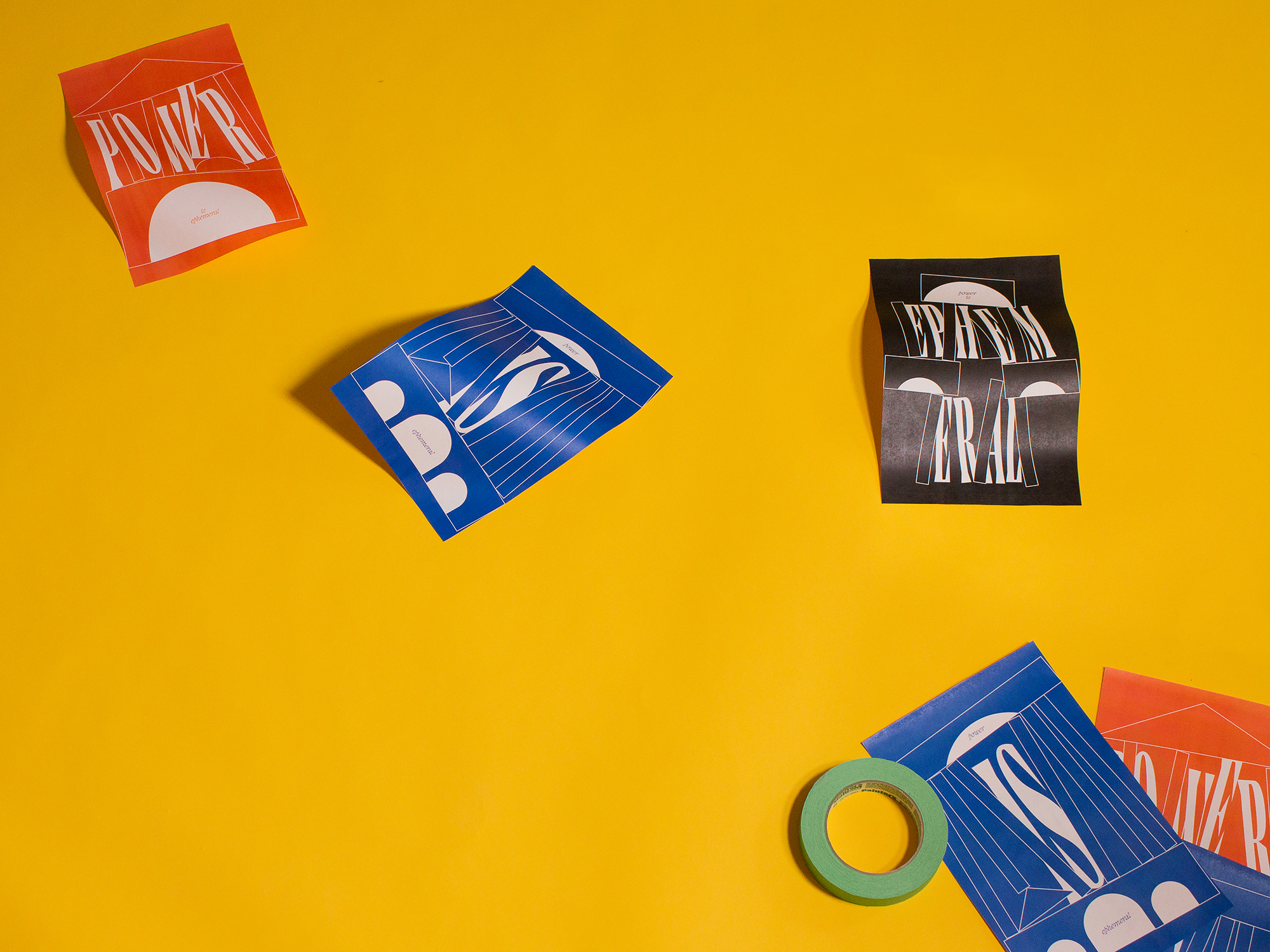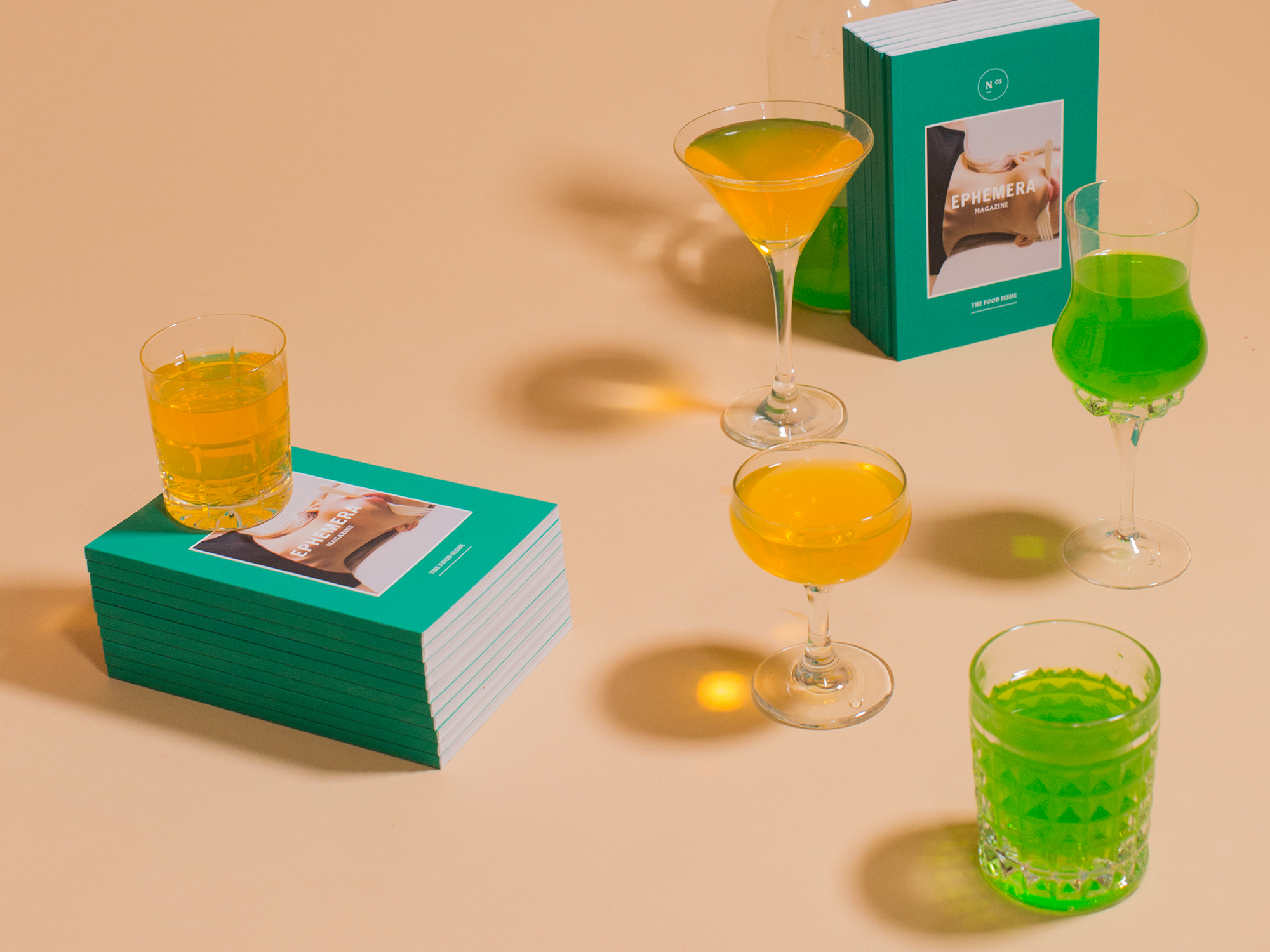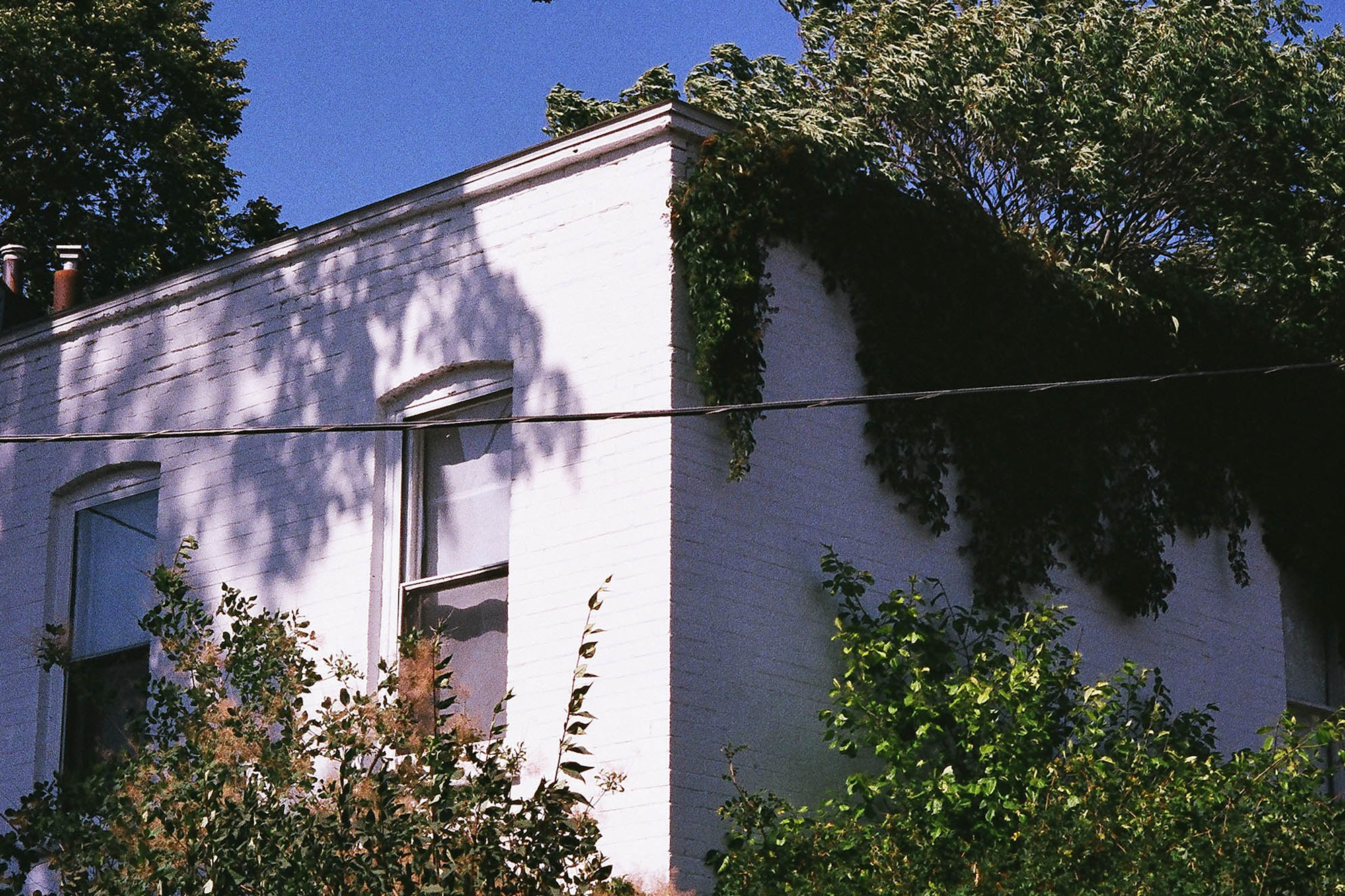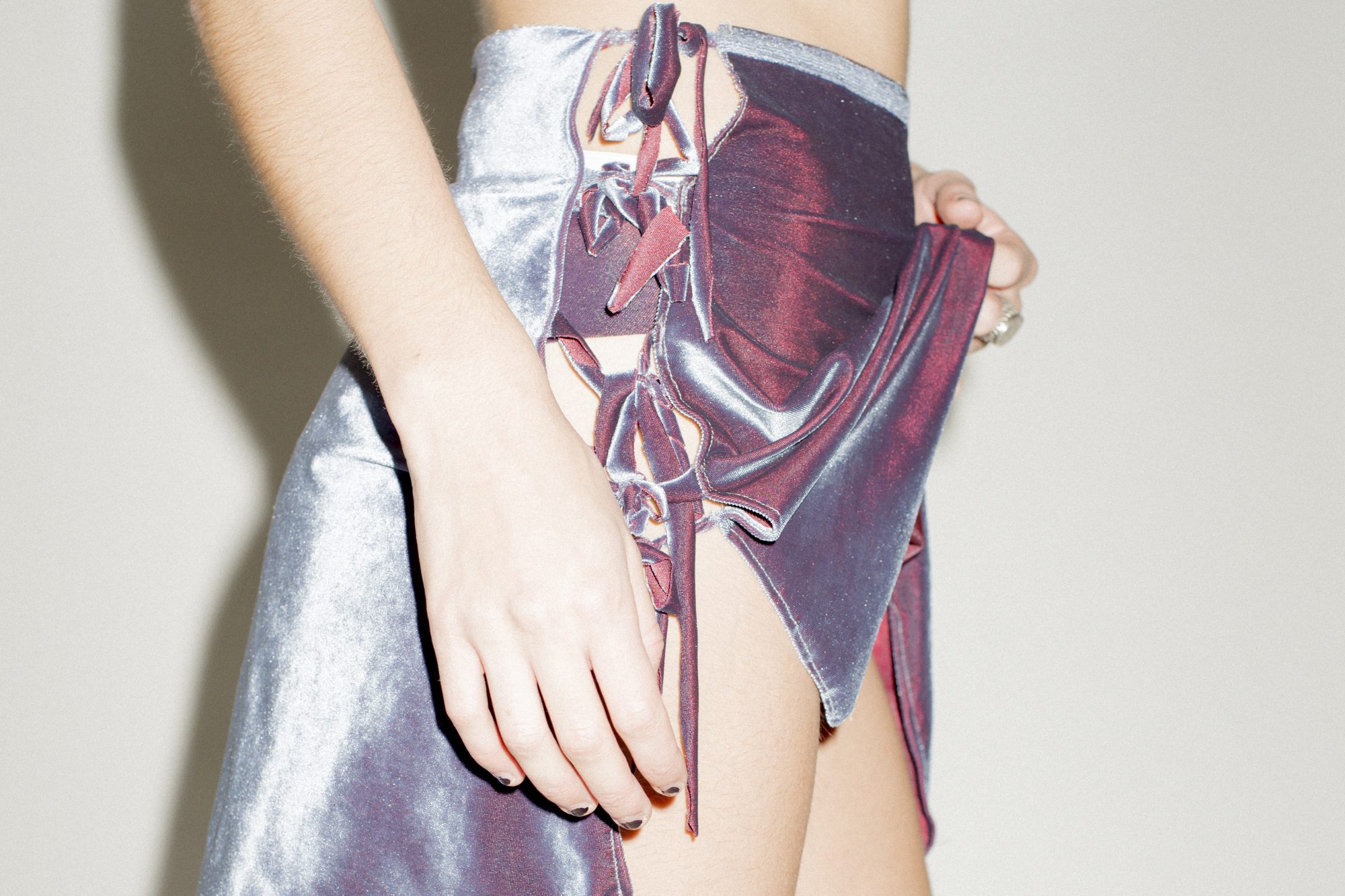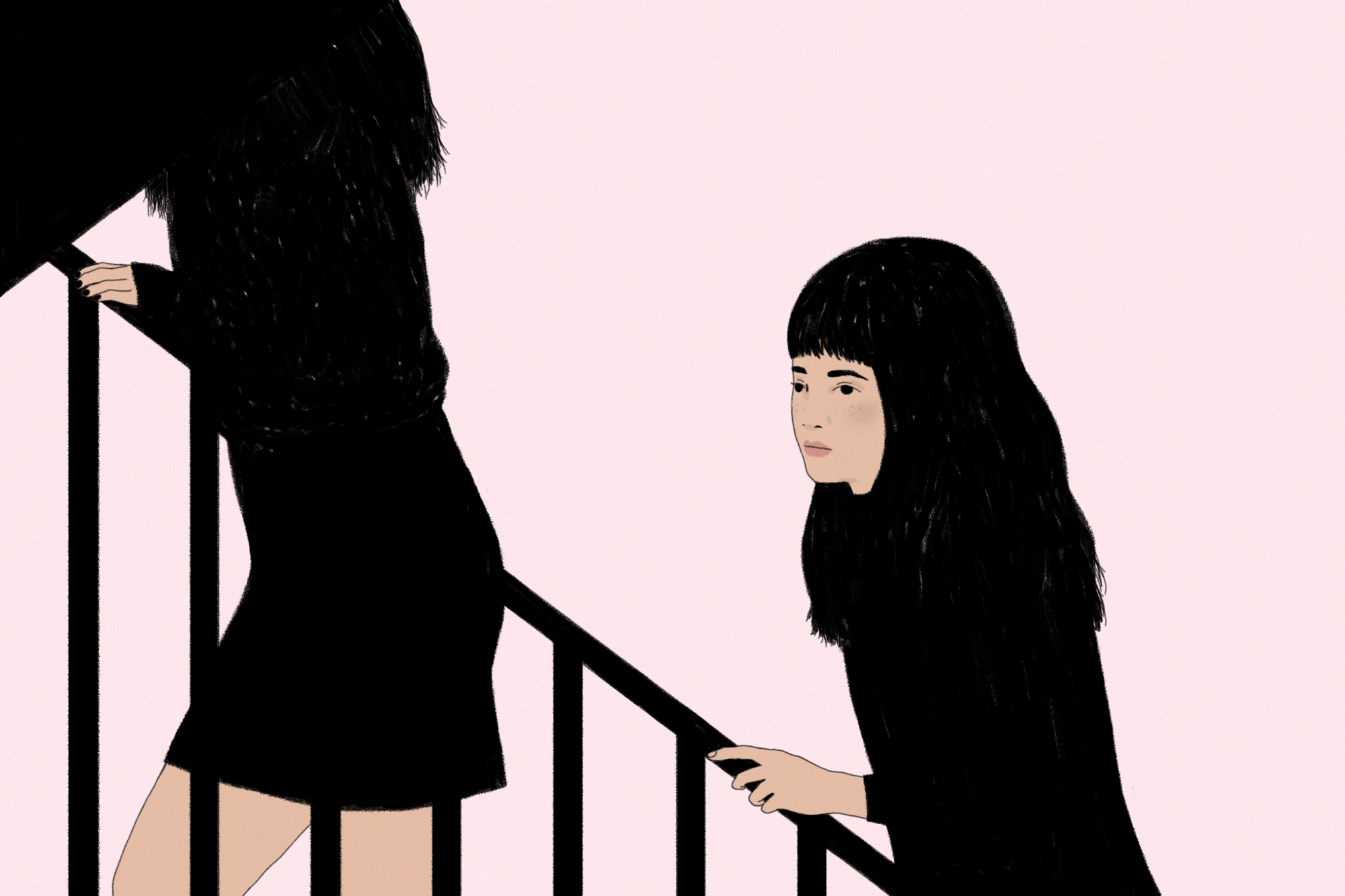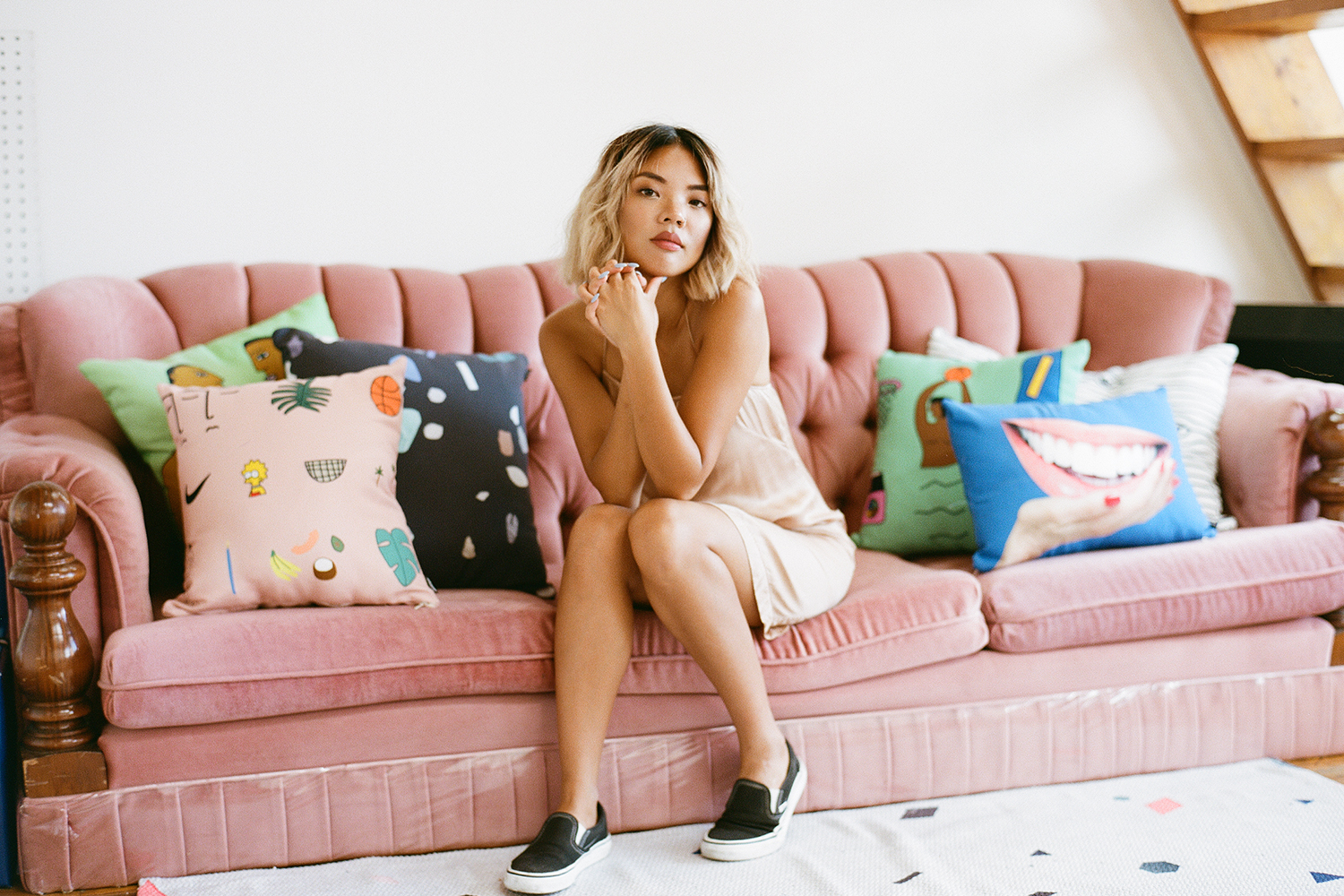art + design
How to Be Down with Art

“The modern world thinks of art as very important – something close to the meaning of life… Despite all this, our encounters with art do not always go as well as they might. We are likely to leave highly respected museums or exhibitions feeling underwhelmed, or even bewildered, wondering why the transformational experience we had anticipated did not occur. It is natural to blame oneself, to assume that the problem must come down to a failure of knowledge or capacity for feeling.’’
(from Art as therapy by Alain de Botton and John Armstrong).
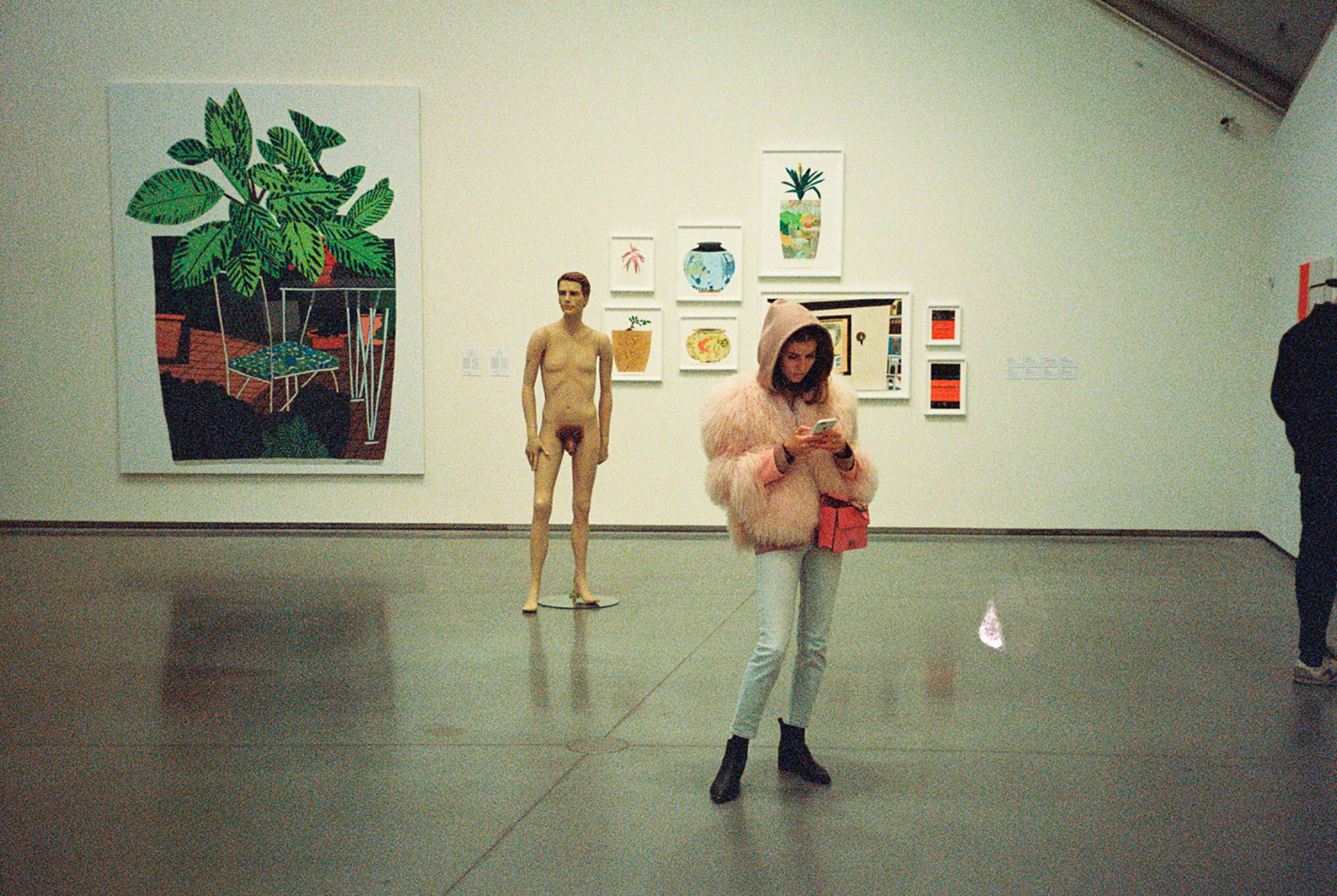
This addresses a problem I’ve been thinking about a lot lately. If art is such an important thing in this world, why isn’t everybody feeling down with it? And how can we get more people to be down with it?
I spent last summer working at an art gallery, a kind of gallery that shows contemporary art. You know, strange formless sculptures in clay, naked provocative pictures, and meaningless repetitive videos of pencils hitting a sandwich. The average time used in the gallery was approximately thirteen minutes and eleven seconds. It was a small gallery, but it still had two floors and sometimes I actually had to ask if they had found the stairs. They had. People walked out after their short visit smiling politely, but there were so much more behind their smile. I could see them struggling to hide feelings of disappointment, shame, frustration and enormous invisible question marks floating over their heads.
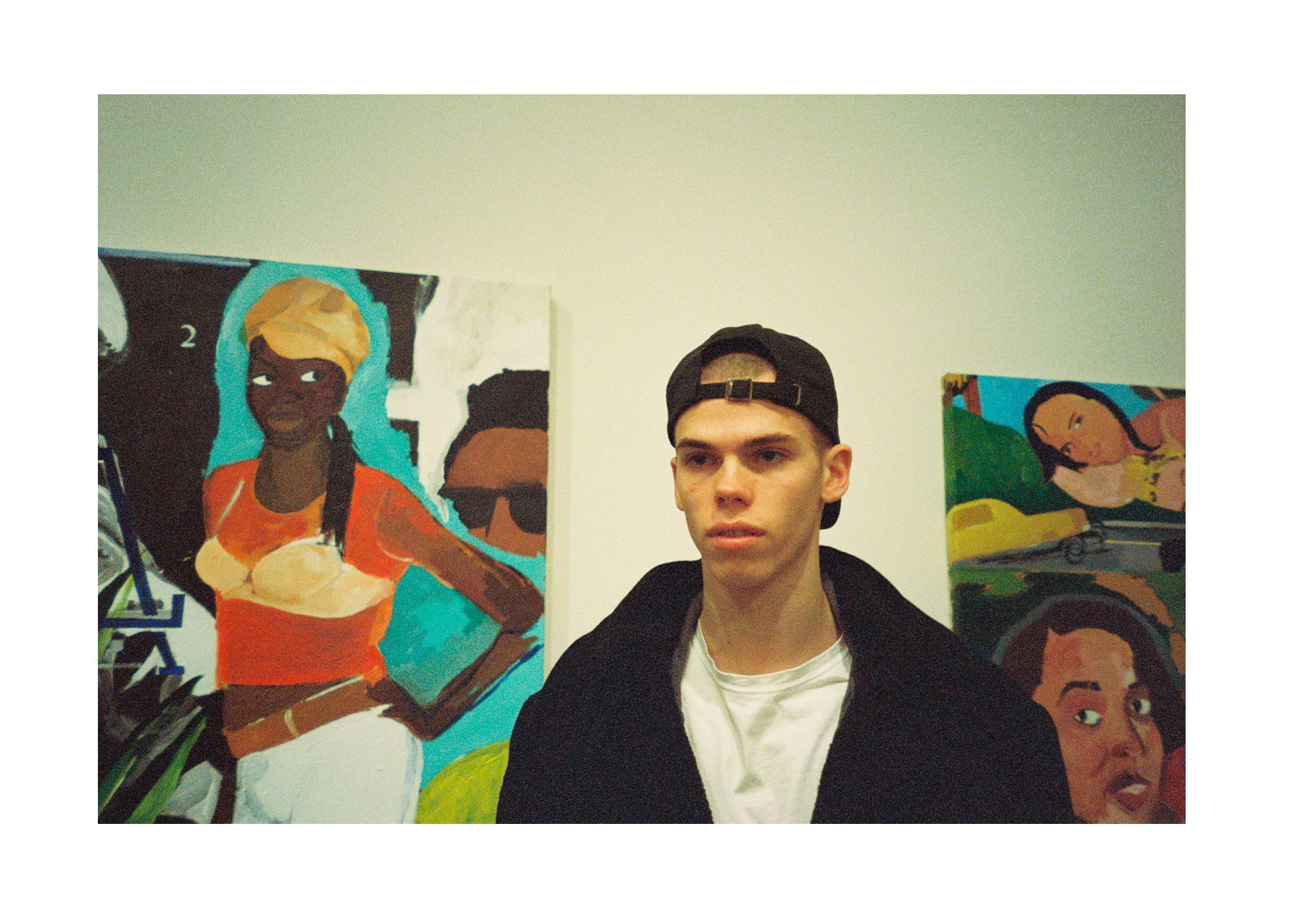
I felt lucky whenever a visitor came back to me after seeing the exhibition, asking me a question. I was thrilled whether the question was eloquently or not, whether it was a sixty year old woman or a six year old child, whether they asked me about what the hell they just saw, or about the origin of a specific artist.
A question means that something is shaking things up inside their minds. It means that they have the courage to open up for another human being to interfere with their own experience. Most of the times I had no idea what to say, but something magical happened when it turned into a dialogue. A dialogue between two individuals leaves room for the unanswered.
When comparing the dialogue between you and another person, to the dialogue between you and the artwork you’re observing, the only thing they both require is an open mind. Not having an open mind could look something like this: I walk around a party, taking a quick glance at people. I loudly express how boring they are, how I don’t understand this, because I don’t know anything about these people. In fact I’ve met better people before, and I actually think these people are kind of wack and they all look like something my three year old daughter could have made. That’s a really bad strategy, both with people and art (but also a sign of low blood sugar. Make sure to eat before seeing people or art).
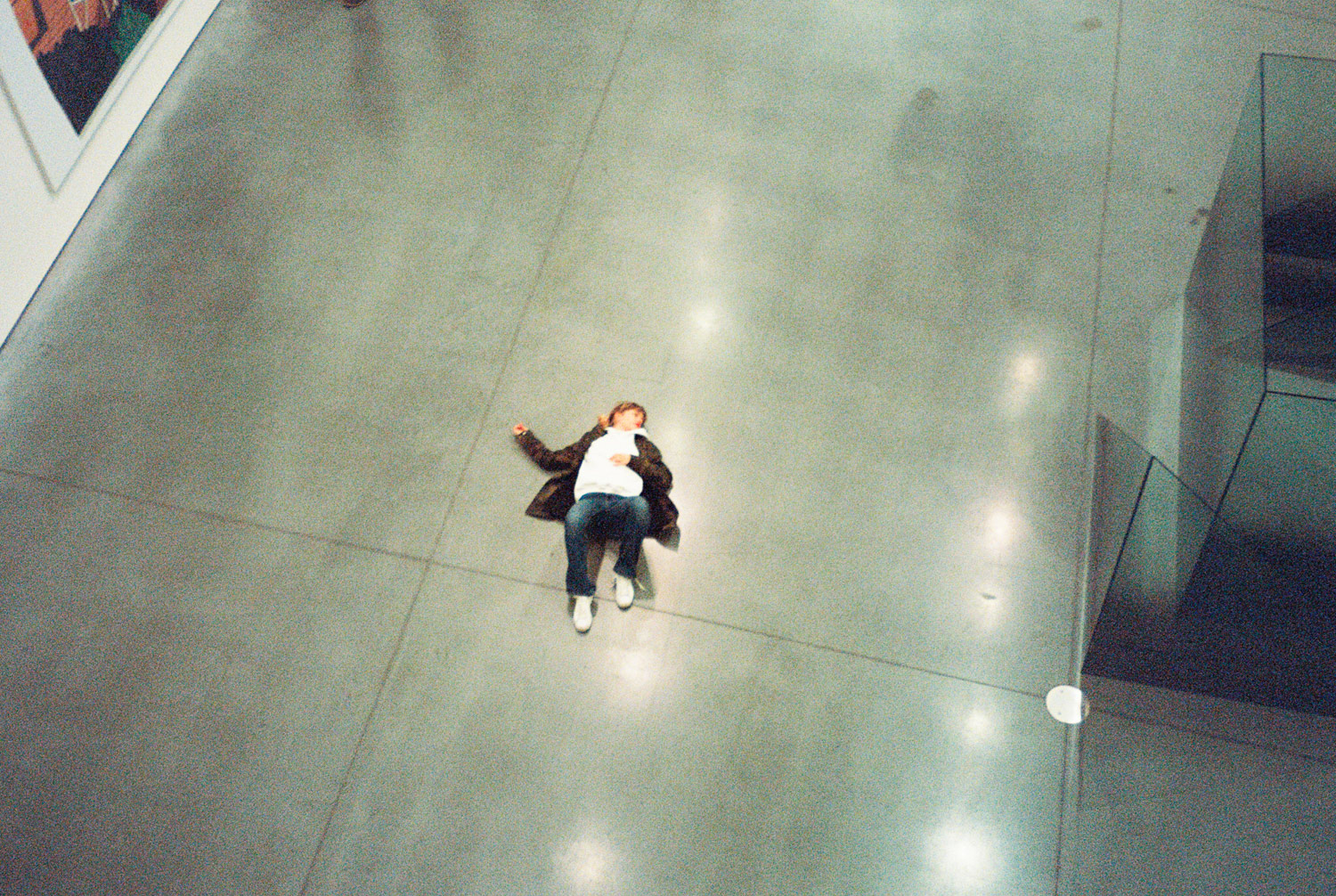
A better strategy is this: Open your mind. In an encounter with a new human being you have no answers, just your own assumptions. Your unconsciousness desperately needs to decode underlying information through the way the person looks: their height, the way their hair curves, the posture of their body, the colours of their clothes, their smell, their mood, the radiating energy of their personality. This information could be more than enough for you to have a real experience of a person, before you even start a conversation. You don’t need to know what their job is, the name of their parents, or if they have an appropriate art education, to feel like you’ve had a meaningful encounter.
We’re all familiar to the highly overused self-improving sentence of ‘getting to know yourself’. Like you, I’m also tired of this sentence, and through that it has somehow lost it’s power. Sadly. Because behind the cliché, lies an important message.
One of the things I like about art is that it celebrates the significant as much as the insignificant. It can make me stare into an all black canvas, and force me to acknowledge it, to spend time with this dark nothing in front of me. Force me to see how important it is that I don’t walk pass it, in the gallery, or in my life.
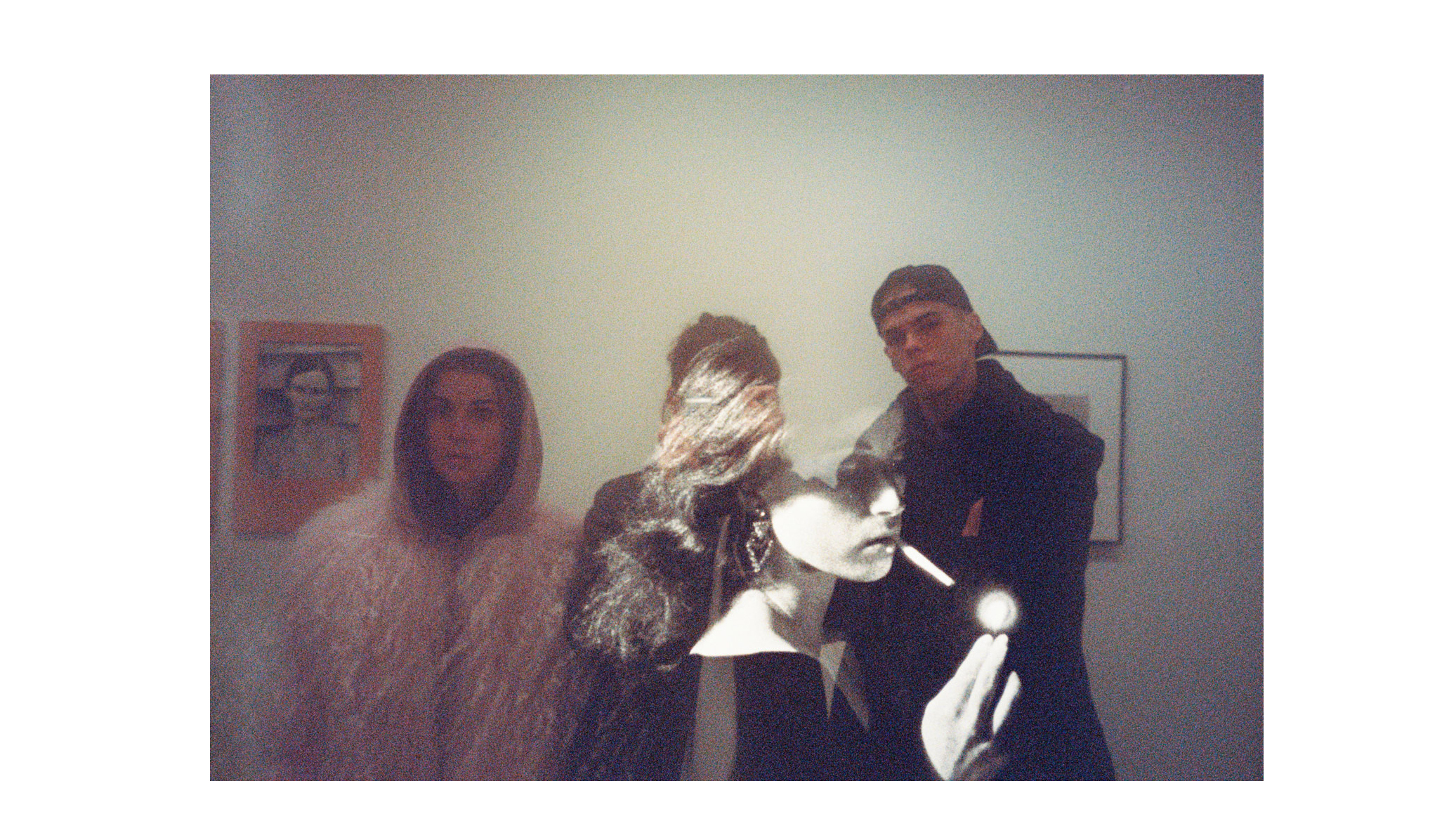
The next time you leave a highly respected museum or exhibition feeling underwhelmed, or even bewildered, wondering why the transformational experience you had anticipated did not occur, please don’t blame yourself by failure of knowledge or capacity for feeling. It’s not that. It’s just an open encounter between you and the art, and you’re free to let go of the need of finding the answers. Just stay there, present, use your time, and acknowledge the enormous question mark floating over your head as an extension of your open mind.
Kristin Stubberud is a Graphic Designer based in Norway. To see more of her work visit her website and check out her Instagram!



